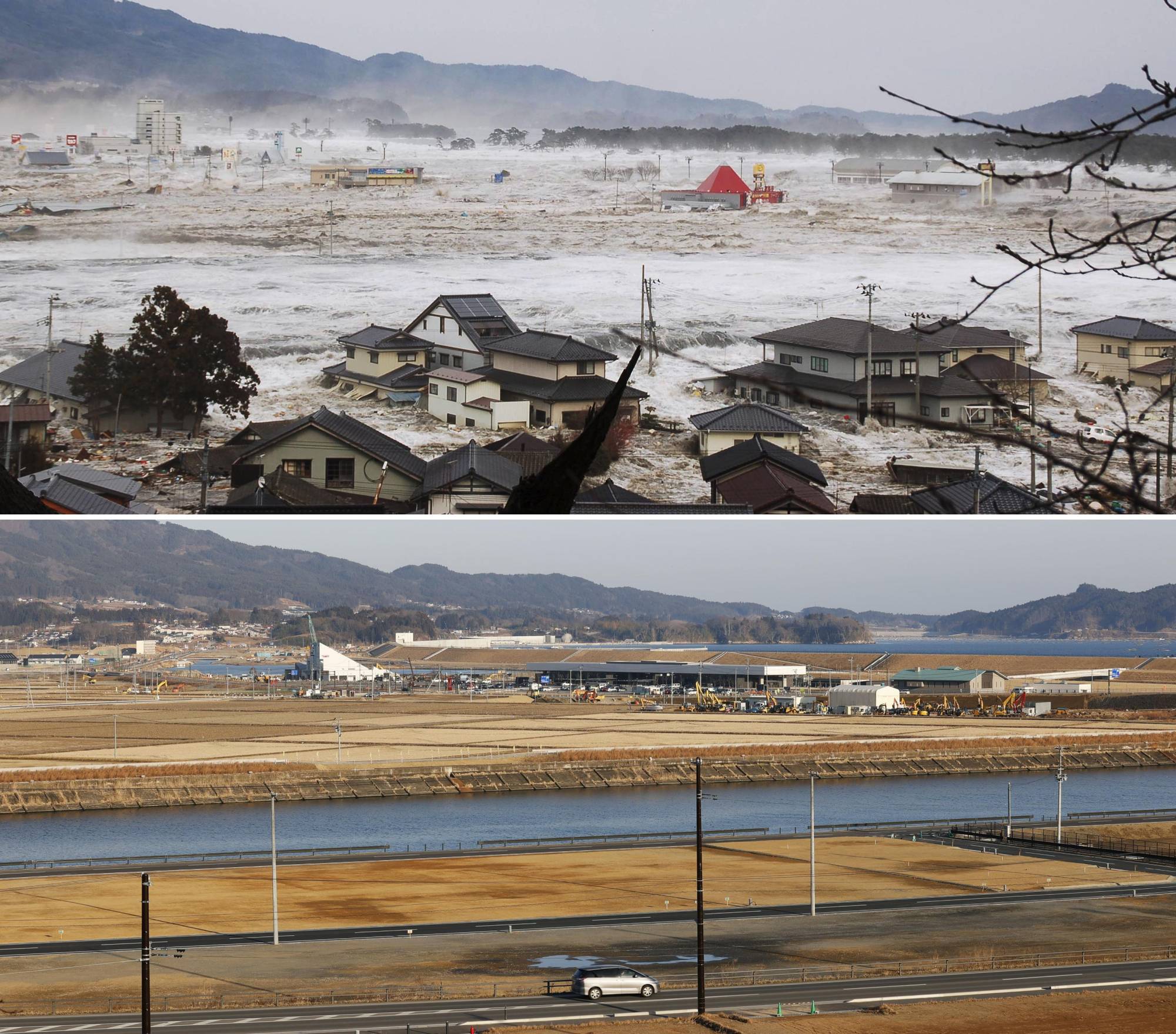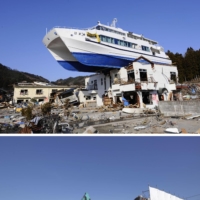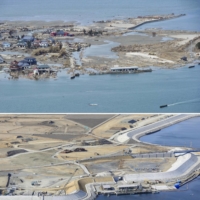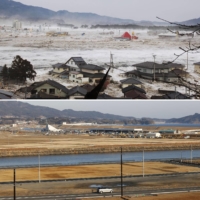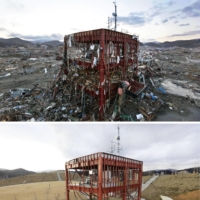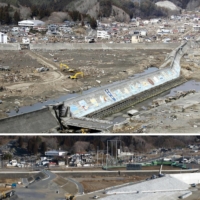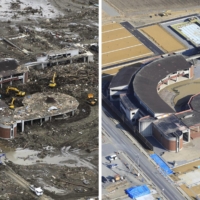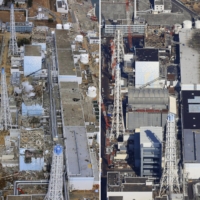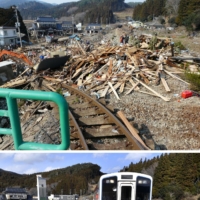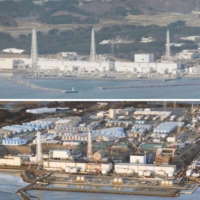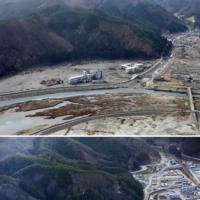A decade has passed since a record earthquake, devastating tsunami and the world’s worst nuclear disaster since Chernobyl in 1986 struck Tohoku on March 11, 2011, causing extensive damage in Fu-kushima, Miyagi and Iwate prefectures.
Kyodo photographers’ visits to disaster-hit coastal areas show how they have been transformed by local municipalities since 2011, when piles of debris lay around. Photos, both aerial and on the ground, show the changes in the landscape from 2011 to now.
At 2:46 p.m. that day, a 9.0 magnitude earthquake struck northeast-ern Japan, triggering tsunami waves exceeding 10 meters that hit ar-eas on the Pacific coast and inflicted damage on cities, towns and vil-lages.
The 2011 tragedy killed 15,899 people, with 2,526 people listed as missing. Authorities have been cleaning up the wreckage since then, and there are signs of recovery with roads rebuilt and railway ser-vices resuming operation.
Huge seawalls now seem to cover the scars left by the tsunami, while in some areas, one can see a mix of newly reconstructed city centers and vacant lots.
Various new parks, monuments and sites memorializing the disasters have also been built, such as Minamisanriku Memorial Park of Earthquake Disaster, which fully opened in the town of Minamisanriku in October in Miyagi Prefecture.
A photo also shows the ongoing construction of a memorial park in the city of Kesennuma, another hard-hit area, set to open in March, while an aerial photo shows the area where the so-called miracle pine tree stood, the lone tsunami survivor of the many pine trees in Rikuzentakata, Iwate Prefecture.
The quake and tsunami disasters also triggered the accident at the six-reactor Fukushima No. 1 nuclear power plant that caused melt-downs in three of the reactors, releasing radioactive materials. The disaster had a severity level rated at the maximum of 7 on an inter-national scale, on a par with the 1986 Chernobyl accident.
At one point, around 160,000 people were evacuated as neighboring towns and areas around the plant became no-go zones.
In some areas of Fukushima Prefecture residents are still unable to return to their homes. Some photos taken by Kyodo News showed decaying buildings and furniture, as if time was frozen.
Around 42,000 people remain evacuees.



